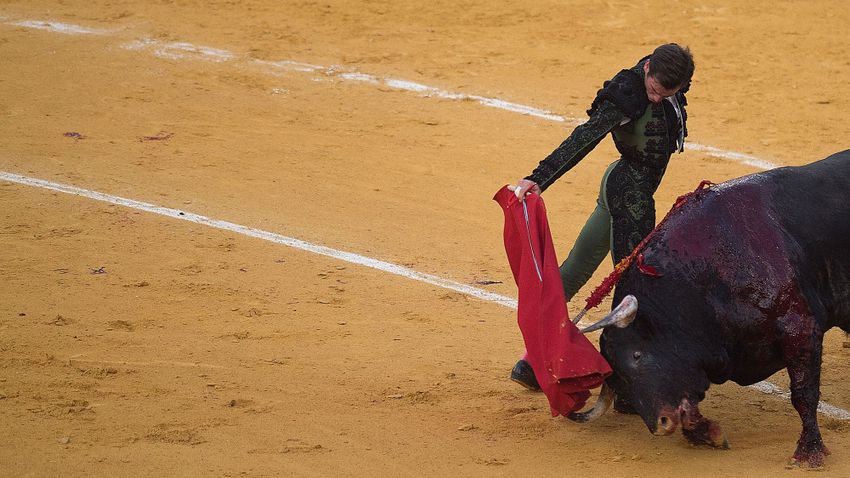In October 1940, Francisco Franco, the leader of Spain, invited Nazi German politician Heinrich Himmler to a bullfight at Las Ventas in Madrid. It is said that Himmler, the second-in-command of the Third Reich – he commanded all the security forces and the police, including the Gestapo – was an animal lover and was so shocked by the cruelty of the scene that he almost fainted.
Bullfighting was at its height, but now that it is in an unstoppable decline, the question is what to do with the country’s 1,700 bullrings, most of which are located in the middle of cities.
The number of bullfights in 2009 was 648, but only ten years later 349 events were held throughout the country, so many buildings remained empty.
The epidemic was also severely affected. According to a survey conducted by professional website Mundotoro, bullfighters are expected to take the stage in just 261 places in the next two years, compared to 900 in 2007.
In the period 2018-2019,
In the last full season before the Covid-19 pandemic, 2.34 million people paid to watch bullfights,
15 million people attended professional football matches.
It is true that demand is declining, but according to the latest survey, at least eight million people in Spain are still interested in bullfighting.
– announced Vicente Ruihuela, an economist at the University of Barcelona Watchman magazine.
One of the reasons for the decline is that few people live in the countryside and do not come into contact with animals. In addition, tickets are expensive, and many young people oppose fights due to animal concerns.
Although many of the springs have fallen into disuse and repair, some have been reused. Benidorm’s bullring, which opened in 1962, will be converted into a cultural complex at a cost of 8.6 million euros, which will include a library, various training studios, a youth center and a meeting place for various associations.
Meanwhile, in the Canary Islands – where fights have been banned since 1991 – after several years of controversy, the arena there is finally getting a new lease of life and will be home to nightclubs and apartments. Another success story is Barcelona’s Las Arenas bullring, which opened in 1900 but has not been used since the last bullfight in 1977.
After the local council failed to revive the building, it was sold and reopened in 2011 as a shopping and entertainment center designed by British architect Richard Rogers with his Catalan partner architect Alonso Balaguer. Since the square is under the protection of a monument, the entire facade had to be preserved.
It took six years to complete, during this period the budget doubled, and in the end the renovation cost two hundred million euros.












































